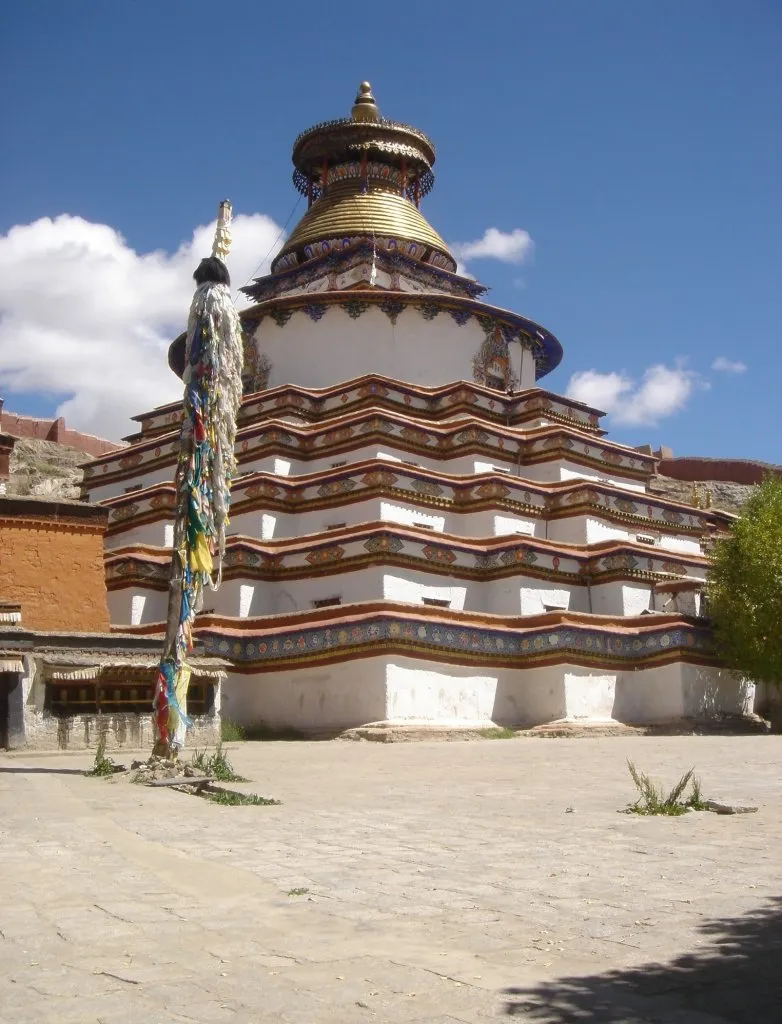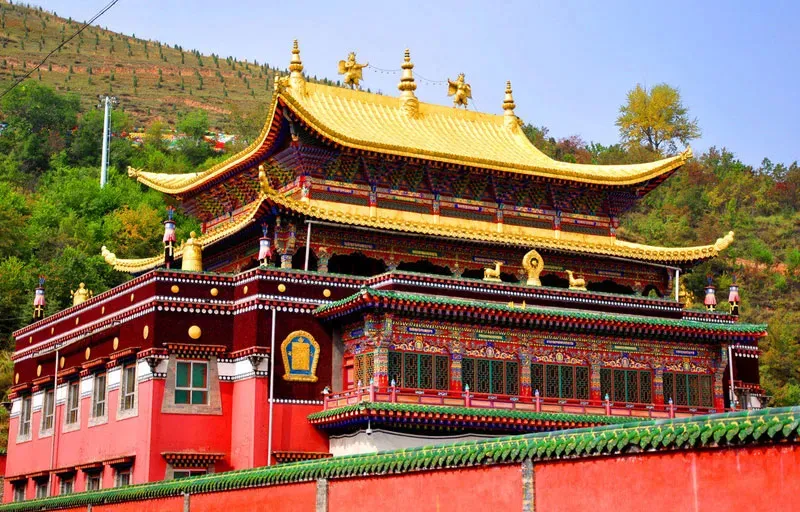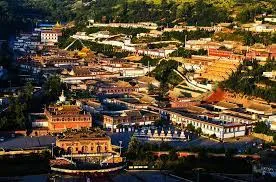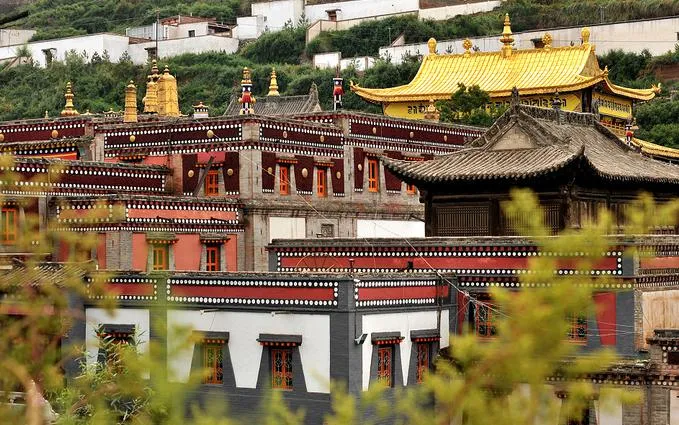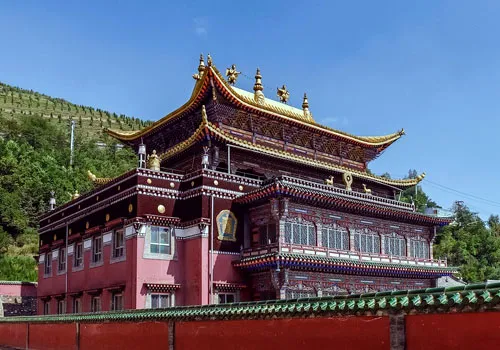
Kumbum Monastery
Delhi
Kumbum Monastery Itinerary
Day 1: Arrival in Xining Morning:
Arrive in Xining, the capital of Qinghai Province, either by train or plane. Check into your accommodation in Xining. Afternoon: Visit the Dongguan Mosque, one of the largest mosques in China. Explore its beautiful architecture and tranquil courtyard. Evening: Enjoy dinner at a local restaurant, sampling Qinghai cuisine specialties such as hand-pulled noodles, yak meat dishes, and Tibetan butter tea. Take a leisurely stroll around the city center, soaking in the atmosphere of Xining.
Day 2: Transfer to Kumbum Monastery Morning:
Depart from Xining and travel to Kumbum Monastery, located about 25 kilometers southwest of Xining in Huangzhong County. You can hire a private car or join a guided tour for the journey. Afternoon: Arrive at Kumbum Monastery and check into your accommodation nearby. Spend the afternoon exploring the monastery complex, including the main assembly hall, stupas, and surrounding temples. Evening: Attend a prayer ceremony at the monastery and experience the solemn chanting of Buddhist monks. Enjoy dinner at a local Tibetan restaurant, sampling traditional Tibetan dishes.
Day 3: Kumbum Monastery Exploration Morning:
Start your day with a guided tour of Kumbum Monastery. Visit the iconic Kumbum Stupa, a multi-tiered structure adorned with intricate Buddhist artwork. Explore the various chapels, prayer halls, and courtyards within the monastery complex. Afternoon: Take a leisurely hike or horseback ride in the surrounding countryside, enjoying panoramic views of the Tibetan Plateau and nearby mountains. Evening: Participate in a traditional Tibetan butter sculpture workshop, where you can learn the ancient art of sculpting intricate designs from yak butter. Enjoy a farewell dinner at your accommodation, featuring Tibetan specialties.
Day 4: Departure from Kumbum Monastery Morning:
Take a final stroll around Kumbum Monastery, soaking in the peaceful atmosphere and spiritual energy of the site. Visit the monastery's gift shops to purchase souvenirs such as Tibetan handicrafts, prayer flags, and Buddhist artifacts. Afternoon: Transfer back to Xining for your departure. Bid farewell to Kumbum Monastery and the beautiful landscapes of Qinghai Province as you depart for your next destination.
Our Tour Details
-
Pick-up and DropDelhi
-
Duration3N/4D
-
Starting Price₹/-
Frequently asked Questions:
Kumbum Monastery, also known as Ta'er Temple, is a Tibetan Buddhist monastery located in the Huangzhong District, Xining, Qinghai Province, China. It is one of the six major monasteries in the Gelug school of Tibetan Buddhism.
Kumbum Monastery was founded in 1583 by the third Dalai Lama, Sonam Gyatso. It holds historical and cultural significance as a major religious and pilgrimage site.
"Kumbum" is a Tibetan word that translates to "100,000 images" in English. The name reflects the vast number of images, sculptures, and religious artifacts found within the monastery.
Kumbum Monastery is known for its distinctive Tibetan architectural style, including pagodas, stupas, and intricately decorated chapels. The central hall, the Great Sutras Hall, and the golden roof are among the notable features.
Kumbum Monastery is closely associated with Tsongkhapa, the founder of the Gelug school of Tibetan Buddhism. It is believed to be the birthplace of Tsongkhapa, and the monastery plays a significant role in the Gelug tradition.
Yes, visitors are generally allowed to explore the interior of Kumbum Monastery. The complex includes various halls, chapels, and rooms containing religious artifacts, murals, and sculptures.
Yes, Kumbum Monastery hosts religious festivals and events, including the Butter Lamp Festival and the Tibetan New Year celebrations. These events attract pilgrims and visitors from different regions.
There may be an entrance fee for visitors to enter Kumbum Monastery. The fee helps support the maintenance and preservation of the historical site.
Yes, Kumbum Monastery is a significant pilgrimage destination for Tibetan Buddhists. Pilgrims often visit the monastery to circumambulate the stupas and pay homage to the religious relics.
The stupa at Kumbum Monastery is known as the "Stupa of Many Doors." It contains numerous chapels and chambers with religious artifacts, and it is a focal point for pilgrims performing kora (circumambulation) around the monastery.

